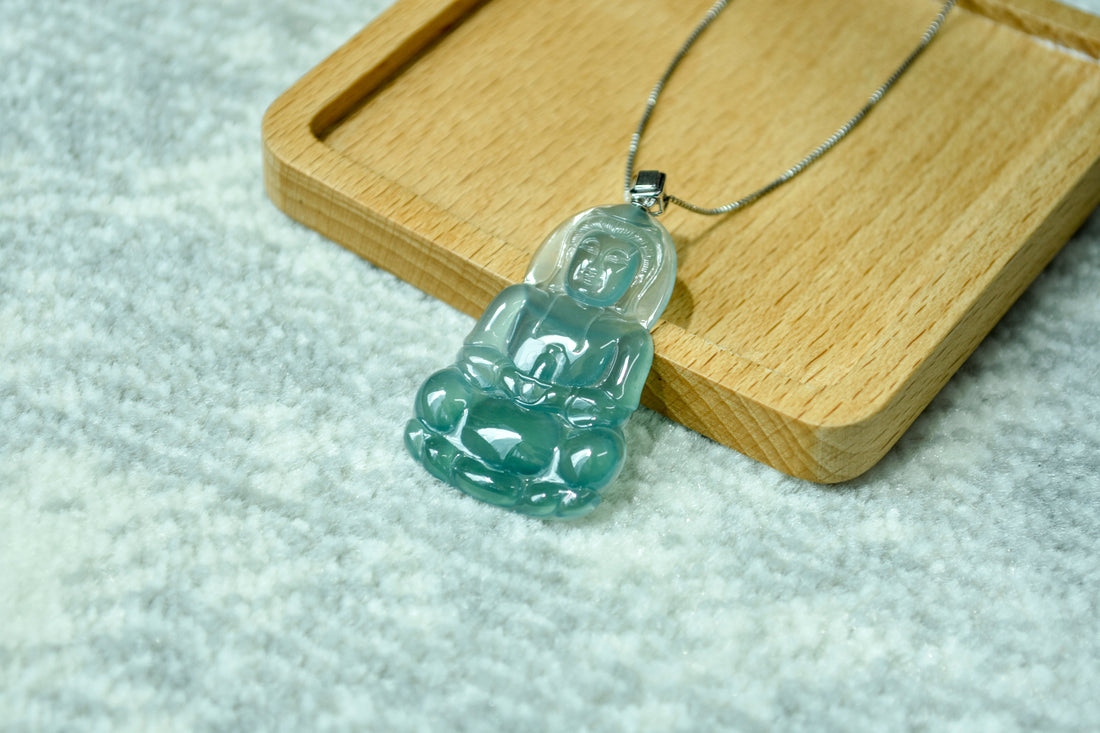
The Faces of Jadeite: Symbolic Figures in Traditional Carvings
In the world of jadeite, human figures are far more than decorative — they are living archetypes carved in stone.
Each character tells a story. A prayer. A blessing. A belief. In traditional Chinese jadeite craftsmanship, the human form represents virtues, protection, wisdom, and deep-rooted cultural memory. These carved figures are not random; they’re chosen intentionally to reflect the hopes of the wearer — for peace, for wealth, for longevity, or simply for harmony in everyday life.
Here are some of the most iconic figures and the meanings they carry:
Guanyin (The Bodhisattva of Compassion)
Worn mostly by men, Guanyin is revered for her boundless compassion and mercy. She is believed to offer protection from harm, especially during times of travel or hardship. A jade pendant carved with Guanyin becomes a spiritual talisman — one that calms the heart and shields the soul.
Budai (The Laughing Buddha)
Often seen with a round belly and a wide smile, Budai is associated with happiness, abundance, and contentment. Worn often by women, he represents a carefree spirit and joyful living. Rubbing his belly is said to bring good luck.
Luohan (The Arhat or Enlightened Disciple)
Luohan figures embody wisdom, discipline, and spiritual power. Often seen in more serious or refined pieces, they are protectors of the Buddhist faith and symbols of spiritual attainment — perfect for those who walk a more contemplative path.
The Eight Immortals (Ba Xian)
Drawn from Daoist mythology, the Eight Immortals each represent a unique power or virtue — from healing to wealth to longevity. A carving of them together symbolizes harmony, collective protection, and auspicious energy from all directions.
Longevity Elder (Shou Xing Gong)
With a high forehead and a staff in hand, this elder figure is the embodiment of long life and good health. He is often gifted to elders or carved into pendants worn by those who wish to honor their family lineage.
Children (童子)
A child holding a lotus (signifying purity) or a lingzhi mushroom (signifying longevity) often appears in jadeite to symbolize blessings of fertility, joyful family life, or good fortune passed on to the next generation.
Each of these figures serves as a bridge between the visible and invisible — between beauty and belief.
In the next post, we’ll explore animal motifs in jadeite: how creatures like bats, cicadas, and toads have become powerful emblems of prosperity and protection. Stay tuned as we continue to decode the ancient language of jade.
